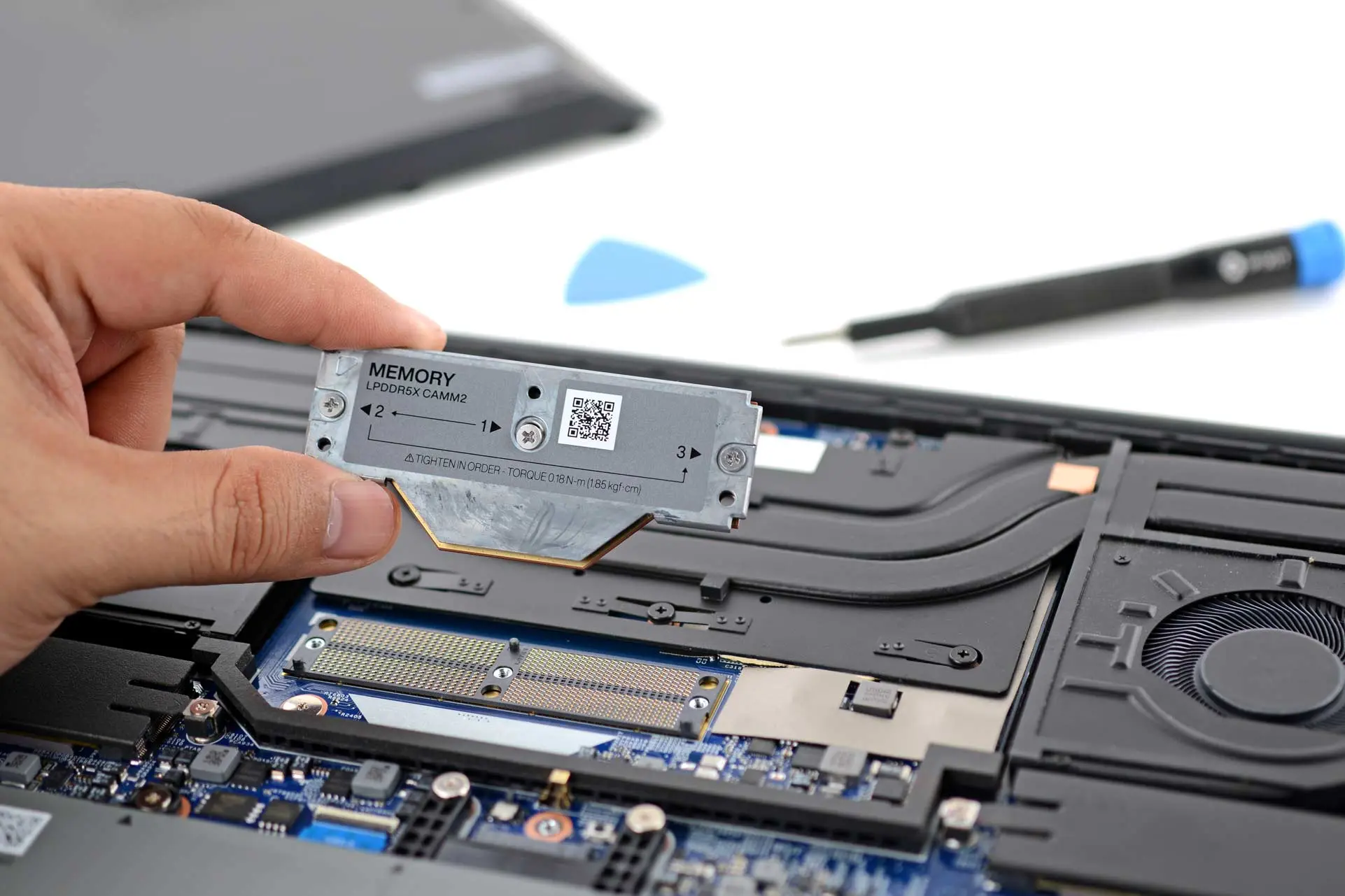- cross-posted to:
- hackernews@lemmy.smeargle.fans
- cross-posted to:
- hackernews@lemmy.smeargle.fans
Look, if JEDEC standardises it (which they did) it’s in everyone’s best interest to apply the standard.
The only thing laptop manufacturers have to gain is selling you a new laptop every for years… Oh.
Jokes aside, the LPDDR soldering has always been a cash grab. With efficient cpus and lack of dedicated gpus I doubt the 4W of RAM is really that much of a battery drain. The only reason you would want a laptop to not be upgradeable is because they don’t want you to use your laptop for more than 4 years.
I’d say quick turns in the laptop market is good for innovation, but it’s absolutely awful for consumers’s wallets and e-waste.
I am all for CAMM.
as the other person mentions, the purpose of camm standard is speed. sodimm has realistically hit its frequency limit, which is why the lpddr versions of devices tend to have higher clocks. the faatest components in terms of bandwith is always the closest to the cpu sock (which is why for instance, the fastest pci-e lane on a motherboard is usually the top most x16 slot, as well as usually fastest m.2 slot).
camm is the fix required for next generation high speed memory because of the phenomena, else igpu performance is going to be held back, which doesnt bode well when igpus are getting bigger to able to take a load off AI workloads.
With efficient cpus and lack of dedicated gpus I doubt the 4W of RAM is really that much of a battery drain.
What? If anything, it’d be more drain relatively speaking.
4W is quite a lot if you consider that a decently efficient laptop should draw 5-8W at idle max.
LPDDR is more than just low power, it’s also higher performance. Even at higher power draws DDR5 in sodimm factor can’t compete with LPDDR5.
ex: On the Thinkpad T16 Intel gen 2 regular DDR5 runs at 5200mhz, on the AMD equivalent with LPDDR5 it runs at 6400mhz
I hope they make a run at swappable CPUs too, since that used to be a thing in laptops as well.




